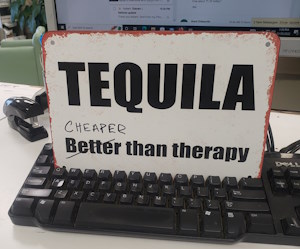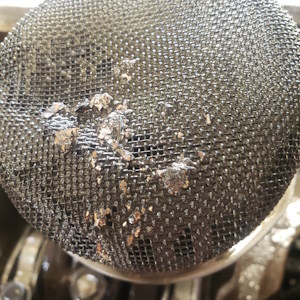What exactly is a “Classic Car” ?
Overall, I hope that this information is helpful for individuals who are considering owning or restoring “Classic Cars”, as I wish to set realistic expectations about the challenges owners may encounter. It should also serve as a reminder that “Classic Cars” are not just nostalgic relics; they require specialized care and attention to preserve their value.
The definition of a “Classic Car” can vary depending on context and perspective, but generally, a “Classic Car” is an older automobile that is considered to be of historical or cultural significance and has certain characteristics that set it apart from “Modern Vehicles”. These older vehicles have been out of production for a significant number of years. While there is no strict age requirement, many enthusiasts consider cars from the 1920s to the 1970s or even the early 1980s to be “Classics”.
In some contexts, the terms “Antique” and “Classic” are improperly used interchangeably. Generally, an “Antique Car” is usually even older than a “Classic Car”, often referring to vehicles built before World War II.
At Motorcars, we consider “Classic Cars” TO BE ANYTHING 15 YEARS AND OLDER !!
The reason that we make the distinction is because of what happens to cars as they age. The more modern “Classic Cars” were shipped with a lot of plastic knobs, trim pieces, rubber pin holders, plastic dash components, plastic fasteners and first generation electronics. The aging process is unkind – plastic components get brittle and crumble, rubber pin holders rot apart, cold solder joints become solder dams and, when repairing one part of the system, another part falls apart just by touching.
Some issues of “Classic Car” repair that you need to know about:
- Fixing one problem may lead to or uncover other problems. When one of our technicians is working on your “Classic Car”, they may find other problems that need to be addressed. This happens because “Classic Cars” are suffering from age erosion and very probably have not been properly maintained; and
- Repairs may take longer than expected. “Classic Car” repairs can be complex and tediously time-consuming. This is because our technicians often have to custom-fabricate parts or wait for parts to be shipped in. For example, adapting new fasteners to old components takes more time than simply replacing them (assuming they are available). When working on beautifully restored cars, time slows to a crawl in order to preserve the existing restoration; and
- Repairs may be more expensive than expected. “Classic Car” parts can be difficult to find and expensive to purchase. Additionally, “Classic Car” technicians charge more for their services because they have specialized knowledge and skills not found at the local Walmart; and
- Repairs may not be perfect. “Classic Cars” often suffer because they have been through a lot of shoddy maintenance and repairs over the years. We try to make all repairs a high quality and performance goal, but sometimes because of budgets and the age of the cars, all we can do is to stitch them back together with available parts… sometimes leaving the repair serviceable, but not “perfect”.
You heard this from me, first:
- I worked on many “Classic Cars” in the 1960’s when they were new…. To be frank, they were universally unreliable, even as new cars ! …. But now, they have 15 to 50 more years on them, multiple owners, unsuccessful repair attempts, dealer warranty repairs and generally poor maintenance; and
- Before the 1960’s and 1970’s the cars were even less reliable; and
- Therefore, it is not always possible to repair a “Classic Car” to a reliabile condition no matter how much money an owner is willing to “invest”.
The point is that sometimes we have to call a customer and tell them that some wiring connections are now defective, or tell them that the plastic component has broken off or tell them that an electrical component has caused other damage or that some part of the old system is “unusable” or may even be “unavailable”. “Well, it was working when I brought it in !”…. “Yes, we know that… but it is not working now…. “
Please be aware that this discussion is just an outline of the issues we face everyday. We try our best to avoid aged-parts-problems and work around them where we can.
When you bring your car to Motorcars, broken “Classic Car” parts are sometimes an unavoidable part of the offending repair. We do our best to bring solutions to the customer when broken parts do happen… but we cannot be responsible for the failures… it is just the world of “Classic Cars”.










